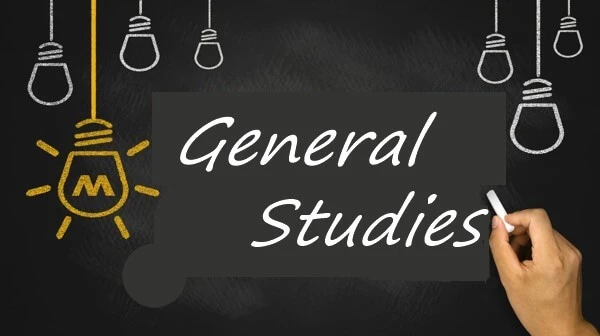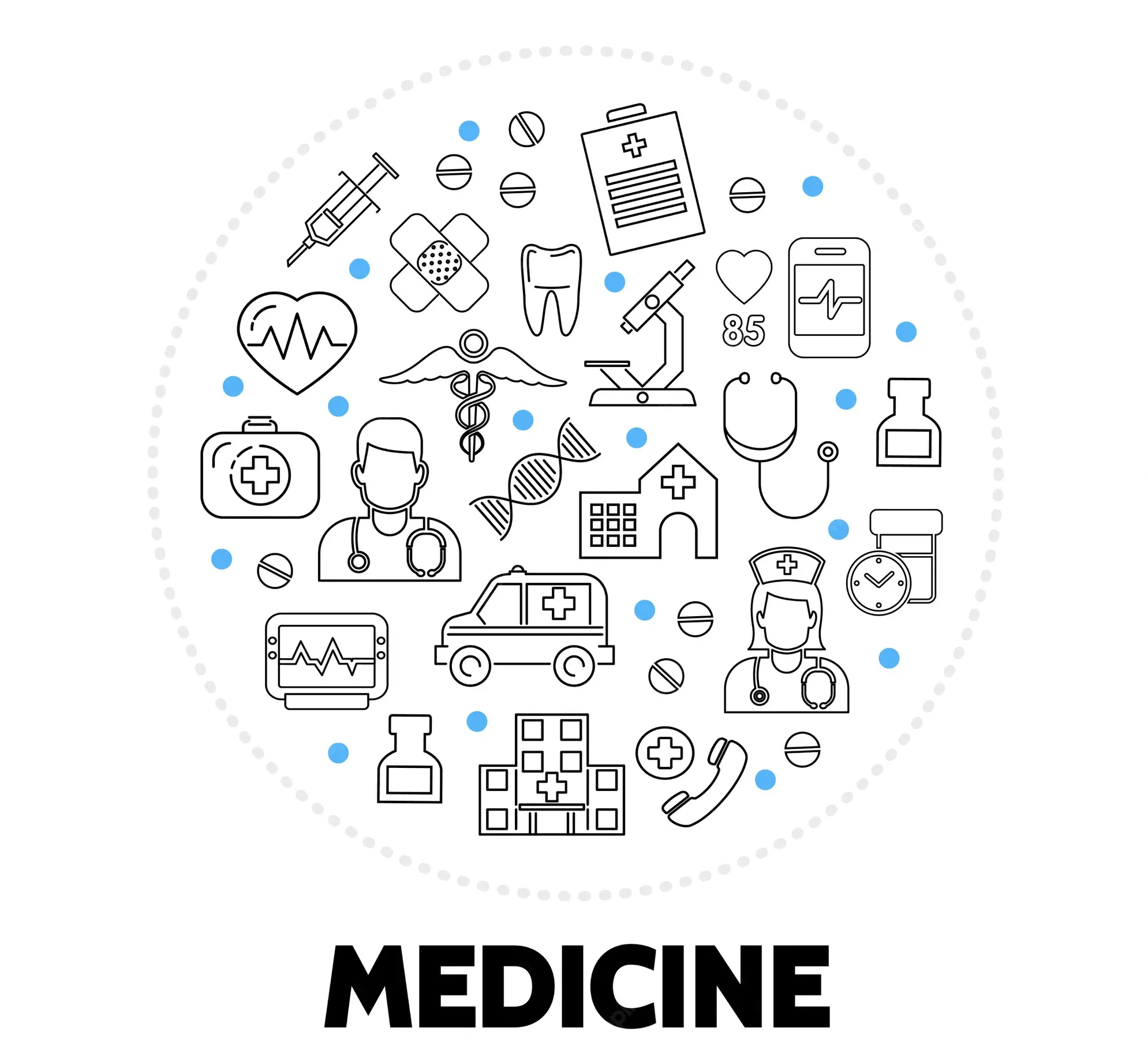Orbital Books
ENT, Head Neck Emergencies a Logan Turner companion
Author: Musheer Hussain, Paul white, Patrick spielmann, Mary-Louise Montague
School: University of Nigeria, Nsukka
Department: Medical, Pharmaceutical and Health science
Course Code: OTORHINOLARYNGOLOGY, SUG505, S2, S3
Topics: Epistaxis, Acute severe rhinological infection, Acute CSF rhinorrhoea, nasal trauma, orbital injury, expanding orbital haematoma, infective sinusitis, Nasal foreign bodies, rhinoliths, Head and neck infections, Neck trauma, airway assessment, airway management, Food bolus, foreign body obstruction, upper aerodigestive tract, POST-TONSILLECTOMY HAEMORRHAGE, Acute otitis externa, Skull base osteomyelitis, otitis media, vertigo, ear trauma, hearing loss, facial palsy, Intracranial emergencies, sinusitis, tonsillitis, Paediatric deep neck space infections, Acute airway conditions, Foreign bodies, Paediatric post-tonsillectomy, post-adenoidectomy haemorrhage, Paediatric epistaxis, ENT Trauma
Foundation chemistry Access chemistry
Author: AO Oyewale, FM Folarinmi
School: National Open University of Nigeria
Department: Science and Technology
Course Code: CHM001
Topics: elements, compounds, atomic theory, chemical reaction, atom constituents, chemical symbols, chemical formulae, chemical reactions, chemical equations, electronic configuration, atomic number, mass numbers, nuclear atom, electronic, energy levels, Ion formations, nuclear reactions, radioactivity, nuclear radiations, nuclear fusion, nuclear fission, radioactivity hazards, chemical bonding, electrovalent bonding, Ionic bonding, electrovalent compounds, covalent bonding, covalent compounds, coordinate covalent bonding, dative covalent bonding, metallic bonding, intermolecular bonding, Van der Waal's forces, dipole-dipole attractions, hydrogen bonding, periodic table, periodic law, transition elements, atomic orbital model, principal quantum number, subsidiary quantum number, azimuthal quantum number, magnetic quantum number, spin quantum number, atomic orbital shape, atomic size, ionic radius, ionization energy, electron affinity, electronegativity, mole concept, melting, vaporization, boiling point, evaporation sublimation, heating graphs, cooling graphs, Boyle's law, Charles's law, Avogadro's law, boiling, solid classification, solid properties, molecular solid, metallic solid, Ionic solid, covalent solid, energy changes, heat content, heat of reaction, exothermic reactions, energy level diagrams, standard state, thermochemical equations, entropy, entropy change, free energy, chemical kinetic, rate of a chemical reaction, temperature, gas pressure, catalyst, activation, reaction rate, collision theory, Le Chatelier's principle, Haber process, contact process, salt hydrolysis, buffer solutions, common Ion effect, solubility product, Acid bases, salt, electrolysis, redox reactions, electrolytic conduction, oxidation, reduction, copper purification, electroplating, quantitative hydrolysis, metal corrosion, iron rusting, carbon, carbon allotropes, Diamond graphite, amorphous carbon, combustion reactions, industrial gas chemistry, metals, alloys, chemical industry, heavy chemicals, fine chemicals, fertilizers, plastics, soaps, detergents, pharmaceuticals, Nigerian chemical industry, aromatic compounds, Alicyclic compound, heterocyclic compound, homologous series, functional groups, isomerism, structural isomerism, geometric isomerism, IUPAC Nomenclature of organic compounds, purification methods, distillation, crystallization, chromatography, empirical formula, molecular formular, alkanes, natural gas, petroleum crude oil, benzene, fractional distillation petrol quality, cracking, isomerization, petrochemicals, alkanols, alkanoic acid, alkenoate, fat, oils, amino acid, polymer chemistry, polymerization processes, condensation polymerization, resins, natural polymers, carbohydrates, proteins, synthetic polymers, water pollution
Author: Robert thornton morrison, Robert Neilson Boyd
School: University of Ibadan
Department: Science and Technology
Course Code: CHE276
Topics: Organic Chemistry, chemical bond, quantum mechanics, atomic orbitals, electronic configuration, Pauli exclusion principle, molecular orbitals, covalent bond, hybrid orbitals, intramolecular forces, bond dissociation energy, homolysis, heterolysis, bonds polarity, melting point, intermolecular force, boiling point, solubility, acids, bases, isomerism, activation energy, hydrocarbons, methane structure, oxidation, heat of combustion, chlorination control, relative reactivity, reaction mechanisms, chlorination, free radicals, chain reactions inhibitors, transition state, molecular formula, chlorofluorocarbons, qualitative elemental analysis, quantitative elemental analysis, Alkene, free-radical substitution, ethane structure, Higher alkanes, alkyl groups, industrial source, Grignard reagent, halogenation, free radical stability, combustion, greenhouse effect, pyrolysis, cracking, alkane analysis, stereochemistry, stereoisomers, isomer number, tetrahedral carbon, optical activity, plane-polarized light, polarimeter, specific rotation, enantiomerism, chirality, chiral center, enantiomers, racemic modification, Diastereomers, meso structures, conformational isomers, optical purity, Alkyl halides, Nucleophilic aliphatic substitution, homolytic chemistry, heterolytic chemistry, Carbocations, Carbocations structure, alkyl halides analysis, alcohols, ethers, alcohol nomenclature, carbohydrates fermentation, Ethanol, alcohol preparation, alcohol reaction, alcohol oxidation, ethers preparation, Secondary Bonding, carbon-carbon double bond, Unsaturated hydrocarbon, ethylene structure, Propylene, Hybridization, orbital size, butylene, Geometric isomerism, alcohol dehydration, alkene reaction, hydrogen bromide addition, Hydrogenation, Electrophilic addition, Oxymercuration-demercuration, Hydroboration-oxidation, Alkene Free-radical polymerization, allylic Nucleophilic substitution, dienes, isoprene, isoprene rule, acetylene, Cyclic Aliphatic Compounds, cyclic compound stereoisomerism, cyclic ether, crown ethers, aromaticity, Benzene, aliphatic compounds, aromatic compounds, benzene structure, Kekule structure, Benzene ring, aromatic character, polynuclear aromatic hydrocarbons, Naphthalene, Quantitative elemental analysis, Electrophilic Aromatic Substitution, Friedel-Crafts alkylation mechanism, naphthalene electrophilic substitution, Aromatic-Aliphatic Compounds, Arenes, Spectroscopy, mass spectrum, electromagnetic spectrum, nuclear magnetic resonance spectrum, coupling consonants, chemical shift, aldehydes, ketones, Cannizaro reaction, Grignard reagents addition, Tetrahydropyranyl ethers, Iodoform test, Carboxylic Acids, Grignard synthesis, Dicarboxylic acids, acid chlorides, acid anhydrides, amides, esters, Transesterification, Aldol condensation, Wittig reaction, Crossed Claisen condensation, halides, ammonolysis, amide Hofmann degradation, Heterocyclic amines
Author: CHM BSUM
School: Benue State University, Makurdi
Department: Science and Technology
Course Code: CHM101
Topics: Hybridization, Valence shell electron pair repulsion theory, VSEPR theory, Valence bond theory, molecular orbital theory, atomic orbitals combination
Chemical Principles (Part 1), 6th edition
Author: Peter Atkins, Loretta Jones, Leroy Laverman
School: Edo University
Department: Science and Technology
Course Code: CHM111
Topics: atoms, radiation, atomic spectra, quantum theory, uncertainty principle, atomic orbitals, electron spin, hydrogen atom, chemical bonds, ionic bonds, covalent bonds, VSEPR model, valence-bond theory, molecular orbital theory, Gas laws, gas density, molecular motion, real gases, liquid, solids, intermolecular forces, liquid structure, solid structure, liquid crystals, inorganic materials, metallic materials, hard materials, nanomaterials, thermodynamics, enthalpy, heating curves, Born-Haber cycle, bond enthalpies, entropy, Gibbs free energy, physical equilibria, solubility, colligative properties, binary liquid mixtures
Author: CHE UI
School: University of Ibadan
Department: Science and Technology
Course Code: CHE126
Topics: atomic shells, orbital shapes, sub orbitals, spin quantum number, atom electronic configuration, Alkali metals, Alkaline earth metals, carbon group, catenation, metallic character, electronegativity, hybridization, inorganic stereochemistry, metal elements, Down's process
Periodic properties of the atoms of an element
Author: CHM112 FUTMINNA
School: Federal University of Technology, Minna
Department: Science and Technology
Course Code: CHM112
Topics: electronic configuration, atomic orbitals, orbital diagram, Aufbau principle, Hund's rule, shielding effect, effective nuclear charge, diamagnetism, paramagnetism, Bohr's theory, Bohr model, correspondence principle, De broglie wavelength, De broglie equations, uncertainty principle, hydrogen atom, Schrodinger equation, classical praticles, quantum particles, Quantum numbers, Azimuthal Quantum Number, principal Quantum Number, Spin Projection Quantum Number, Pauli Exclusion Principle, Exclusion Principle, Physical Phenomena, covalent bonds, covalent compounds, Ionic Compounds, Hybridization, Pi bond formation, Pi bond, ethylene bonding
Shriver & Atkin's inorganic chemistry
Author: Peter Atkins, Tina Overton, Jonathan Rourke, Mark weller, Fraser Armstrong, Michael Hagerman
School: University of Ibadan
Department: Science and Technology
Course Code: CHE126
Topics: Inorganic chemistry, atomic structure, atomic orbitals, molecular structure, bonding, Lewis structure, valence bond theory, Molecular orbital theory, ionic solids, ionic bonding, semiconduction, acid, base, Brønsted acidity, Lewis acidity, oxidation, reduction, reduction potentials, redox stability, Molecular symmetry, isomerism, coordination compounds, chirality, spectroscopy, chemical analysis, Magnetometry, periodic trends, Group 1 elements, Group 2 elements, hydrogen, Group 13 elements, Group 15 elements, Group 14 elements, Group 16 elements, d-Block elements, Representative compounds, Electronic spectra, Magnetism, Coordination chemistry, Ligand substitution reactions, Ligand substitution, Redox reactions, Photochemical reactions, Lanthanoid chemistry, Actinoid chemistry, ligands, Solid-state chemistry, materials chemistry, Metal oxides, nitrides, fluorides, Chalcogenides, intercalation compounds, Hydrides, inorganic pigments, Semiconductor chemistry, Molecular materials, fullerides, catalysis, Homogeneous catalysis, Heterogeneous catalysis, Hybrid catalysis, Characterization, fabrication, Nanomaterials, nanoscience, nanotechnology, Self-assembled nanostructures, Bioinorganic nanomaterials, Biological inorganic chemistry, Catalytic processes, Biological cycles, Chelation therapy, nitrogen cycle, hydrogen cycle, acid-base catalysis, Tethered catalysts, Electrocatalysis, Alkene polymerization, Ammonia synthesis, Hydroformylation, Alkene metathesis
Hemodynamic disorders , thromboembolic diseases & shock
Author: Francis Ikechukwu Ukekwe
School: University of Nigeria, Nsukka
Department: Medical, Pharmaceutical and Health science
Course Code: PAT301
Topics: fluid dynamics, blood flow, Capillary Hydrostatic pressure, Oncotic pressure, osmotic pressure, Fluid balance disorders, Edema, Effusions, generalized edema, edema formation, Increased hydrostatic pressure, Reduced plasma osmotic pressure, Sodium retention, water retention, Congestive cardiac failure, Subcutaneous edema, ANKLE EDEMA, PITTING EDEMA, heart failure, PREIORBITAL EDEMA, PERI-ORBITAL EDEMA, Abdominal ascites, Pulmonary edema, Alveolar pulmonary edema, Edematous brain, Cerebral edema, tonsillar grooving, ELEPHANTIASIS, HYPEREMIA, CONGESTION, ACTIVE HYPEREMIA, PASSIVE HYPEREMIA, CHRONIC PULMONARY CONGESTION, PULMONARY CONGESTION, CHRONIC PASSIVE SPLENIC CONGESTION, ENLARGED HYPEREMIC SPLEEN, HEMOSTATIC DISORDERS, SUBARACHNOID HEMORRHAGE, INTRACEREBRAL HEMORRHAGE, PERICARDIAL HEMORRHAGE, RUPTURED SPLEEN, HEMOSTASIS, ENDOTHELIUM, PLATELETS, PLATELET ADHESION, PLATELET SECRETION, PLATELET AGGREGATION, coagulation cascade, ENDOTHELIAL INJURY, HYPERCOAGULABILITY, LEIDEN MUTATION, PROTHROMBIN GENE MUTATION, HOMOCYSTEINE LEVEL, ACQUIRED THROMBOPHILIC STATES, ARTERIAL THROMBI, VENOUS THROMBOSIS, PHLEBOTHROMBOSIS, DISSEMINATED INTRAVASCULAR COAGULATION, embolism, Systemic thromboembolism, AIR EMBOLISM, AMNIOTIC FLUID EMBOLISM, Bone marrow emboli, Fat emboli, INFARCTION, MYOCARDIAL INFARCTION, SEPTIC SHOCK, NEUROGENIC SHOCK, OBSTRUCTIVE SHOCK, SEPTIC SHOCK SYNDROME, DISTRIBUTIVE SHOCK, HYPOVOLEMIC SHOCK, CARDIOGENIC SHOCK
Schaum's Outline of College Chemistry ,Ninth edition
Author: Jerome Rosenberg, Lawrence Epstein, Peter Krieger
School: Ahmadu Bello University, Zaria
Department: Science and Technology
Course Code: CHEM131
Topics: temperature, temperature units, atomic mass, molar mass, molecular mass, relative atomic mass, emperical formula, chemical formula, limiting reactant, chemical reactions, gas, gas volume, pressure, standard atmospheric pressure, pressure measurement, gas law, Boyle's law, Charles's law, Gay-lussac law, combined gas law, ideal gas, ideal gas law, kinetic theory, avogardo hypothesis, molar volume, gas volume, gas stoichiometry, thermochemistry, heat, heat capacity, calorimetry, energy, enthalphy, thermochemical reactions, atomic structure, particle, waves, Pauli principle, Periodic law, Aufbau principle, Electron configuration, Atomic radii, ionization energy, electron affinity, chemical bonding, molecular structure, ionic compounds, covalence, valence-bond representation, molecular-orbital representation, π BONDING, MULTICENTER π BONDS, coordination compounds, isomerism, solid, liquid, crystals, crystal forces, Ionic Radii, oxidation-reduction, oxidation number, oxidizing agents, reducing agents, ionic notation, balancing equations, concentration, concentration scales, concentration units, dilution, volumetric standard solutions, vapor pressure lowering, freezing-point lowering, boiling-point lowering, Boiling-point elevation, osmotic pressure, Law of distribution, isomerism, functional groups, organic chemistry, biochemistry, thermodynamics, chemical equilibrium, Equilibrium constant, Le Chatelier's principle, acid, base, hydrolysis, buffer solution, indicators, weak polyprotic acids, tittration, complex ions, coordination complexes, electrochemistry, solubility product, electrical units, electrolysis, voltaic cells, standard half-cell potentials, free energy, Nonstandard potentials, rate of reactions, rate constant, energy of activation, Nuclear process, Binding energy, nuclear equations, radiochemistry
Departments

Administration, Social and Management science

Agriculture and Veterinary Medicine

Arts and Humanities

Education

Engineering

General studies

Law

Medical, Pharmaceutical and Health science

Science and Technology